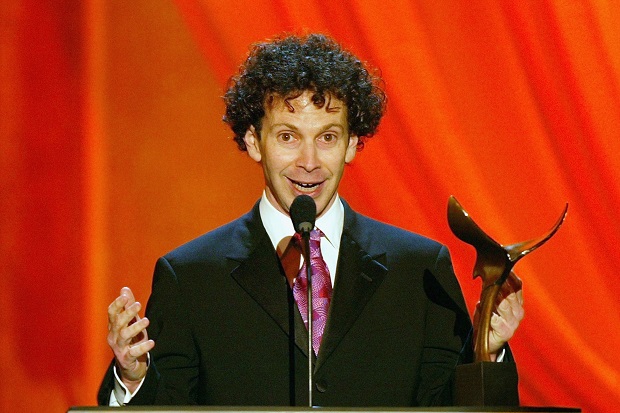In Charlie Kauffman’s Bafta lecture (a startlingly honest reflection on film writing, and well worth a listen), the screenwriter, producer and director stresses that it is of the utmost importance, when embarking on a screenplay, to write something that could only be portrayed in the form of a film, and in no other medium.
He is, of course, right: for writing a screenplay, in a purely technical sense, is different and distinct from writing in its other forms. You rarely have authorial narrative and do not overly embellish with descriptions. Rather, you must distil the essence of the piece into dialogue and action. You must then describe the visual world of those imagined scenes; transmitting them onto paper so that they can be filmed and replayed in the same form to countless audiences, who will all see the same thing but interpret them in varying ways.
Books, however, evoke a picture in someone’s mind that is mediated by their own experiences and opinions. The writer does not have final control over the image and cannot know for sure what those words will specifically and visually mean to the reader, whose associations are unpredictable. The writing is both an end in itself and a new and unknowable beginning. Screenwriting is more closely fashioned to a purpose – that of creating the film. Indeed, Kauffman says that he does not even think of himself, and would never describe himself, as a writer.
There is, however, an inevitable overlap between these forms of creating images, albeit inclined more to the screen – for so long the dominant form of entertainment – than the novel. Some passages of fiction are described as ‘cinematic’, while whole oeuvres are clearly written in hope of adaptation. Twilight, as a book, only really garnered worldwide fame and ‘acclaim’ when it was adapted into a film (or, at least, was significantly helped on its way by it) – and this both increased its book sales and spawned a rash of copycat print teen vampire fiction; which, in turn, led to more TV and film adaptations. The overlap is to be found in the fan-base — a large proportion of which align their cinematic and literary tastes, and appreciate similar genres in both.
Yet converging trends in novels and film are not confined to fanzines, zombies and vampires. The emergence of online articles peppered with videos to illustrate arguments and observations presages what will come; it must only be a matter of time before commonplace digital books are published with video inserts. This might not alter the lot of the screenwriter (except possibly by increasing demand for his services); but the writer of books could be transformed, at least in the minds of readers. A video provides a clear indication of the writer’s preoccupations. This does not make the writer ‘god’, but it gives him more influence than ever before over the reader’s imagination. Except, of course, if the author is one of the hugely successful graphic novelists so beloved by Hollywood, in which case the brave new world will be old hat.






Comments